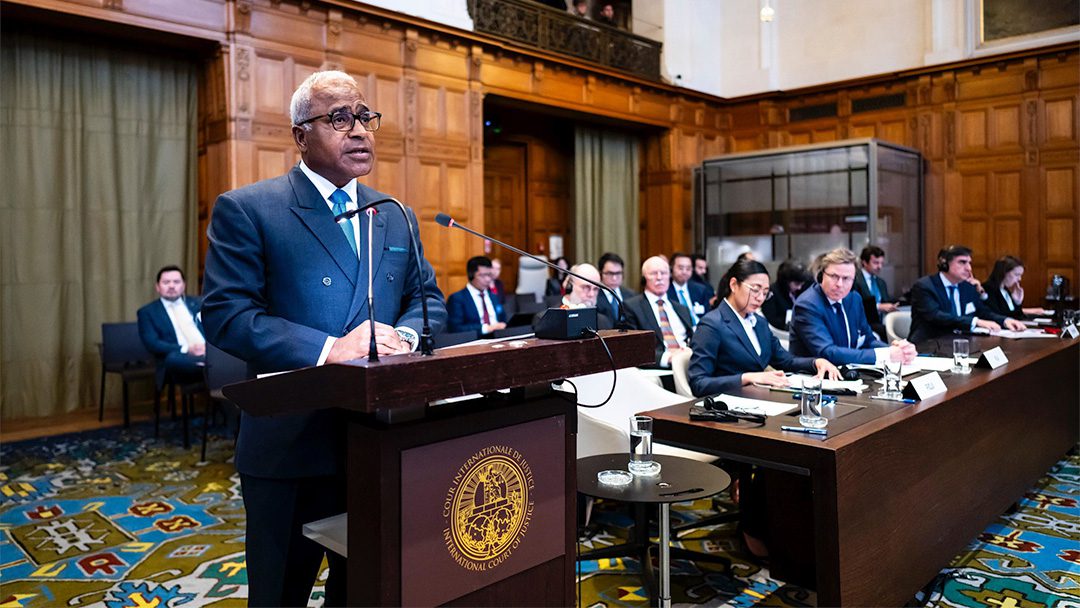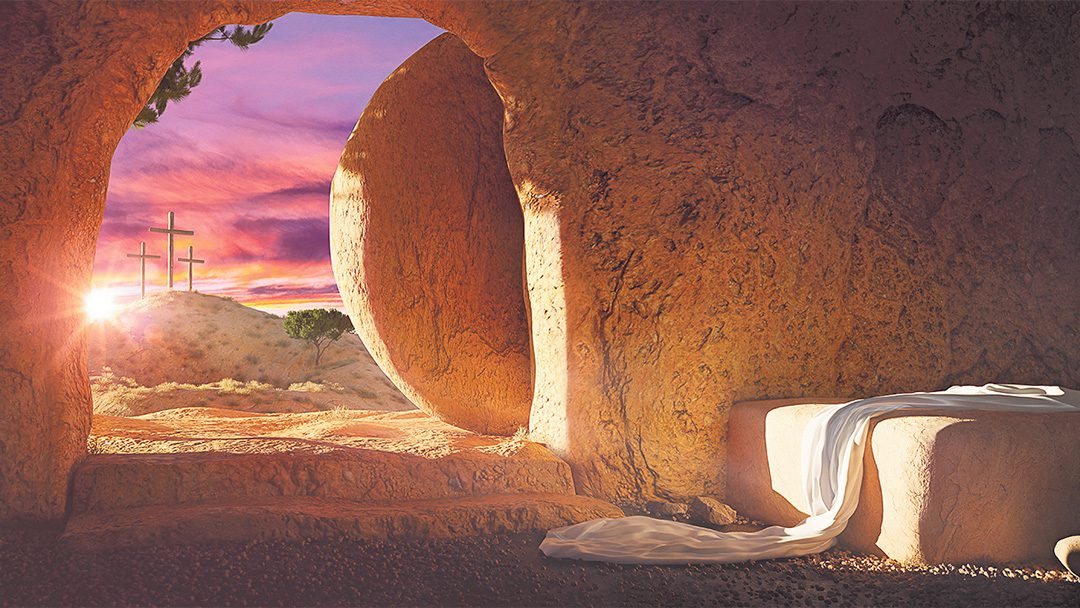We stand just weeks after celebrating that the Balfour Declaration of 1917 moved from a statement of British intent, to the legal process of affirmation of the Jewish Homeland at the San Remo Conference in April 1920—and its then formal ratification by the League of Nations.
This is turn was then incorporated into the foundational treaty of the United Nations in Article 80 of the UN Charter.
And stands of course, till today.
Israel has finally established a new Government and it has two initial tasks that form the basis of the coalition agreement:
- fighting the coronavirus
- and dealing with the Trump Plan.
Whilst one would think that the term ‘annexation’ is redundant because of San Remo, that is the term used by the Trump Plan, the US administration and the Israeli government.
The real question is what annexation will mean, or come to?
For the first time in some years, the Likud—the party of Prime Minister Netanyahu—finds itself as the most right wing in the coalition and no-one knows at this point in time, what the Prime Minister is aiming for vis a vis annexation.
There is no-one in the coalition opposed to annexation and indeed there is much general agreement on what areas should ultimately be annexed. But the range of opinion is based on a judgement retiming and of potential consequences.
The annexation on offer under the Trump Plan, whilst appealing to the new government, comes with a price that some are not willing to pay, or at least, to happily embrace.
Primarily, that Israel will have to agree to a Palestinian State in 70% of Judea & Samaria/West Bank.
To others in the new government, the cost may be too great in terms of the relationship with Jordan, the Palestinian Authority et al.
The real questions the government is debating internally are whether annexation in one form or another, will bring Israel greater physical security, or less—and how to enhance that security whilst formally incorporating portions of the Jewish people’s historical homeland into the State of Israel.
Netanyahu is in a good position to do as much or as little annexation as he wants.
Joint detailed US/Israel mapping of the Trump Plan is now occurring.
Even within the 30% in question, there is complexity about separating some of the Jewish towns and villages from the Palestinian ones—particularly with 15 of those Jewish entities isolated and surrounded by Palestinian towns.
The settler movement is becoming increasing concerned that these 15 villages may not be incorporated into the map of Israel after all, despite the Trump Plan’s initial form.
In such a small area details really matter and ridiculous as it sounds, even the size and type of the pens/markers being used to delineate borders, have effect.
Last week was Yom Yerushalayim—celebrating the reunification of Israel’s capital.
Aviva and Shmuel Bar-Am writing in the Times of Israel, describe just how many issues arose between Jews and Arabs, how many streets ended up being divided and how deeply life was affected, simply because when drawing up the Armistice Line that divided Jerusalem after the War of Independence, certain types of pencils were used.
They wrote:
“… They were the direct result of the temporary borders created in 1948 during a meeting between Moshe Dayan, commander of Israel’s forces in Jerusalem, and his opposite number, Abdullah Tal of Jordan……the preliminary lines on their map, [were] written with soft grease pencils which expanded from the heat and blurred over time”
This had severe consequences from 1948 to 1967.
So the current mapping process is being watched very carefully.
It is interesting to listen to Zvi Hauser MK to try and gain some insight as to how the government may proceed.
Hauser was previously Netanyahu’s cabinet secretary from 2009 to 2013, amongst other positions he held in Netanyahu governments.
Now in Blue & White, he is considered one of their hawks and has been appointed the chairman of the powerful Knesset Defense and Foreign Affairs Committee.
Notwithstanding that many refer to the San Remo document as giving Israel legal title to the whole of Judea & Samaria/West Bank, Hauser’s take is both deliberate and interesting. He writes this week as follows:
“While the conference did not determine the territorial boundaries of the land promised to the Jewish people, the United Kingdom and France concluded that the starting point for such a discussion would be the depiction of “Eretz Israel” in the Bible.”

Trump’s Proposal for a Palestinian State. Note: Boundaries are approximate and based on data provided by the White House. The administration is proposing Israeli homes in the West Bank become the site of future Israeli “enclaves.” Source: White House, The New York Times. See full proposed plan here: www.whitehouse.gov/wp-content/uploads/2020/01/Peace-to-Prosperity-0120.pdf
Hauser continues:
“The San Remo Conference recognized, in a way unprecedented in modern times, the idea of a connection between the Land of Israel and the Jewish people, and certified it as part of the Mandate charter. This documentation contradicts later invidious claims that try to break the umbilical cord connecting the Jewish people to their historic homeland, and declaring Jewish settlements in the mandated territories to be a violation of international law or even a ‘war crime’.”
Hauser is typical of many in the Likud and indeed in Blue & White as well.
He stresses the historical connection of the Jewish people to Eretz Yisrael and is very comfortable about the legality of Jewish settlement in Judea and Samaria/West Bank.
For the Prime Minister too, the legality is not in doubt.
His consideration is the wisdom of exercising these legal rights and to what extent.
Netanyahu is in a good position to do as much or as little annexation as he wants.
Firstly he has a huge majority in the Knesset and his power to annex is written into his coalition agreements.
Moreover, in this regard he can expect 10 to 12 additional votes from Lieberman and Bennett from opposition.
This means that whatever Netanyahu decides on annexation, as long as the coalition agreements hold—he will likely be supported by more than 2/3rds of the Knesset—or at worst, with some possible abstentions.
And he will have scapegoats for all scenarios.
If he annexes little, he can blame it on the need to keep Blue and White happy.
In past statements—Netanyahu has, from time to time, agreed to a Palestinian entity of some description.
Another example of this was on Yom Ha’atzmaut 2016, when speaking in English to the assembled foreign diplomatic corps Netanyahu said:
“I want to state unequivocally and in front of diplomats from around the world, I continue to support two states for two peoples, a demilitarised Palestinian state that recognises the Jewish state.”
But now if he wants someone to blame for agreeing to a Palestinian entity, he can use Trump.
Whilst he has internal considerations, in the end I suspect that it will be people like President Trump and then Jordan’s King Abdullah et al—leaders outside of Israel —that will play the bigger role in shaping Netanyahu’s thinking.












0 Comments